Maintenance and assessment
Our team of engineers uses well-established methods to maintain the Historical Railways Estate, including yearly inspections of all structures. This allows them to plan work well in advance and ensure that the most critical tasks are prioritised.
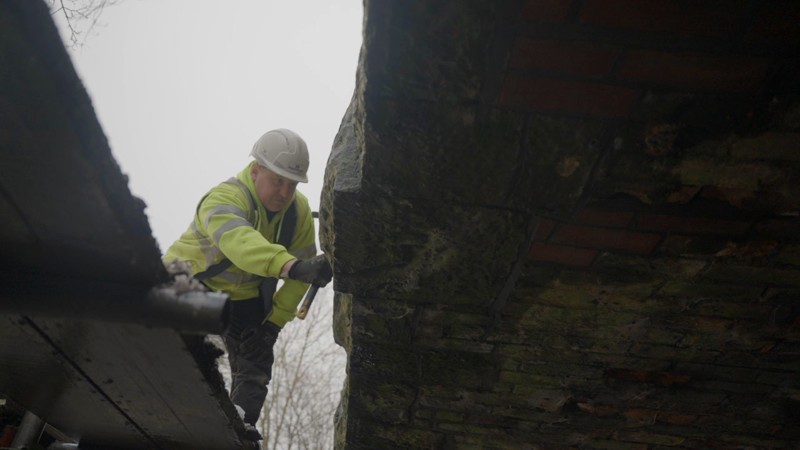
Types of issues we deal with
Here are some of the main problems we look after with each of the main structure types.
Underbridges
Underbridges carry the railway over something, such as a path, road, river or another railway.
Underbridges on disused lines are generally easier to maintain as they don’t have any traffic passing over them. They can be subject to vandalism, particularly when they’re in secluded places.
Underbridges over roads can be damaged by buses or lorries crashing into them.
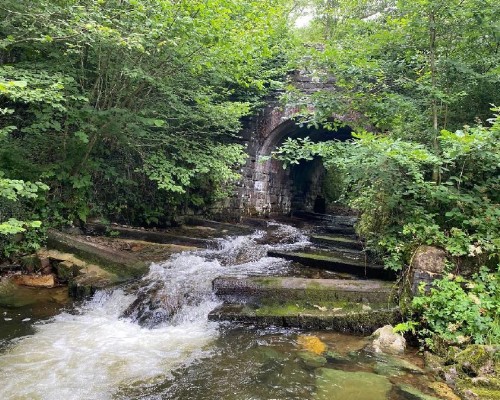
Overbridges
Overbridges take traffic of some sort over the railway line. Some of these are still in use despite the closure of the line, so it’s particularly important that they are maintained for safety.
Many were designed to carry hay carts and lighter loads, which is very different from what is travelling across them today. Sometimes the bridge needs strengthening to ensure the safety of those using them, and on occasions we may need to infill beneath the bridge to achieve this.
Overbridges are also vulnerable to vehicles hitting them and vandalism.
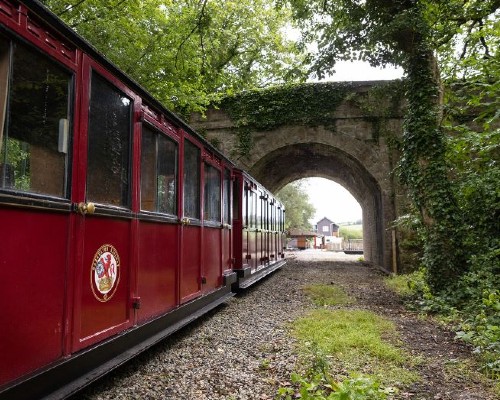
Tunnels
Damage to tunnels is often caused by water seeping through the brickwork. Other problems occur with ground movement around the tunnel, which is not easy to spot as it occurs behind the tunnel wall.
Bats often make their homes in tunnels, so to keep them safe we often have to work around their hibernation period of winter and maternity roosting in mid-summer. Due to climate change, bats are migrating to places where they’re not traditionally found, such as Scotland.
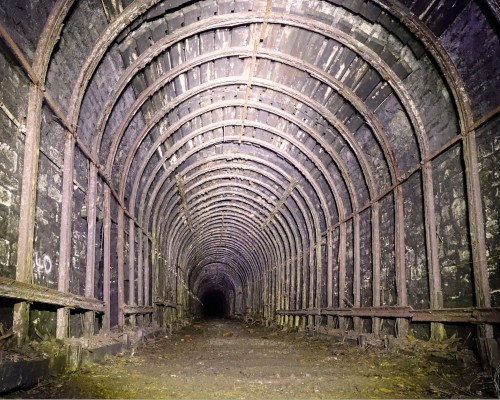
Viaducts
Viaducts are long bridges with four spans or more which were used to keep a train on a level path across an open area such as a valley.
Their size and height make them difficult to examine – it usually requires our inspectors to use ropes to scale them. Routine examinations are carried out every six years.
Viaducts can suffer from vandalism, despite many being fenced off for safety reasons.
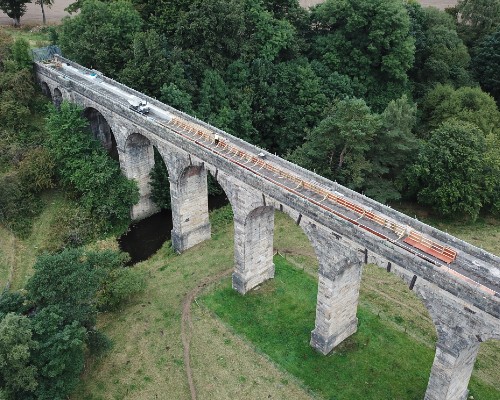
Culverts
Culverts take a watercourse underneath a railway, usually in the form of a bridge less than 2 metres long.
They’re generally small and in confined spaces, which makes them difficult to access. We often need to use CCTV cameras to survey them.
They need regular inspections to ensure they don’t get blocked, which could lead to flooding.
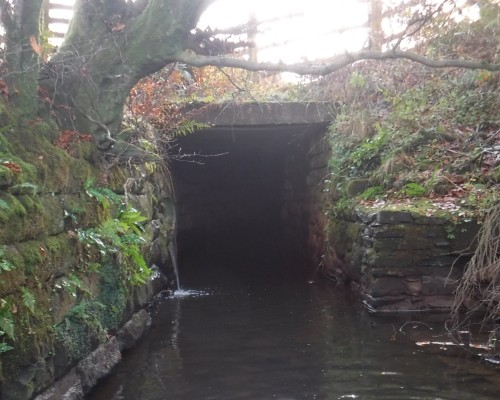
Abutments
Abutments are vertical parts of a bridge that support the horizontal ‘deck’ which carries the traffic. Some underbridges with roads running under them have had their decks removed for safety reasons, leaving the abutments.
They’re often very close to the road, leaving no working room, so we may have to close the road to inspect and carry out maintenance. They may also suffer from vandalism, such as graffiti.
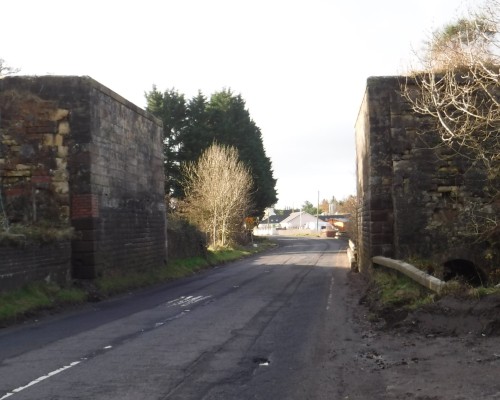
Our maintenance and repair work
The vast majority of our work involves repairs, strengthening and restoration:
- General repair and refurbishment, such as repointing brickwork.
- Repairing structures that have been vandalised or hit by vehicles. In the past year we’ve repaired damage from vandalism at 24 sites and erected five fences to deter antisocial behaviour.
- Strengthening structures - mainly bridges, which may include replacing the bridge or strengthening beams.
- Removing vegetation that can cause damage to the structures.
On rare occasions we may need to infill bridges, which means filling the area underneath it with material to keep the structure safe. The foamed concrete we use to infill is very soft and doesn’t bond with the masonry, making the process fully reversible.
Demolition is a last resort for structures which are becoming unsafe and have no feasible future use. This tends to be partial structures such as redundant abutments and walls.
Maintenance and repair work is carried out by six contractors: Amco Giffen, Balfour Beatty Construction, Beaver Bridges, Bethell, Dyer & Butler, and Hammond ECS.
Annual vegetation clearance
Every year we need to clear vegetation away from many of the historic railway structures we look after across the UK. Our contractors generally do this work during winter and autumn, which helps to avoid disturbing nesting birds – and other wildlife – during the spring and summer.
We must do this clearance work to prevent damage to the structures, to keep them safe. Clearing away vegetation also helps to keep structures visible so that we can see and monitor any damage or movement. Our teams document any faults they find, taking pictures and reporting back to our engineers, so we can take the right measures to keep the public safe.
While our teams are out and about doing this clearance work, they also take the opportunity to remove any litter or fly-tipped items from around the structure. They’ll often use the offcuts and scrub from their work to create ‘eco-piles’, like log stacks, for wildlife to use.
Our repair work
In spring we completed a second phase of major works on Aurs Burn Viaduct in Scotland. The unusual concrete viaduct is one of the largest monuments remaining from the former railway branch.
Its deck now offers a safe route for school children to get to and from school; our investment will mean it can keep being used for many more years to come.
How we assess structures
We have an established process for assessing the structures to ensure that work is planned well in advance and the most critical work is prioritised.
Each structure is given a visual inspection every year by experienced examiners from our partners Balfour Beatty and NPX.
They create reports which our engineers use to decide which structures need new assessments. The engineers will also consider:
- previous assessments, including those by local authorities
- how old the assessments are
- significant changes to the structure and its general condition
If a new assessment is needed, this will be carried out by our consultant Jacobs, who will investigate a range of factors:
- The condition of the structure
- The capacity or strength of the structure
- Access issues – is the structure vulnerable to vandalism or trespassing?
- The likely outcome if the structure was to fail
Jacobs will make recommendations about what works should be done as a result of the assessment. From this, we decide how to progress the work in line with DfT guidance.
Assessment categories
Following an assessment, each structure is given a priority rating as follows:
| Category | Action |
|---|---|
| Priority 1 | Action within the next 12 months or sooner |
| Priority 2 | Action within the next 5 years |
| Priority 3 | Some concerns but no action required at present |
| Priority 4 | No works required |
| Not fully reviewed | Complete assessment process as soon as possible |
These ratings are used to make decisions about what work will be done, and how and when it will be carried out.
Some works may require further approvals before they can begin. For example, major works or work on listed structures may require planning permission.
Other factors also need to be considered, such as:
- Ecology - for example, animals nesting in around the structure can affect the time of year work can be done
- Community impact - for example, if the works require a footpath to be closed, or the structure is near to a school
From this, we build a programme of work that aims to prioritise structures that are in most urgent need of action, while factoring in other relevant issues.
